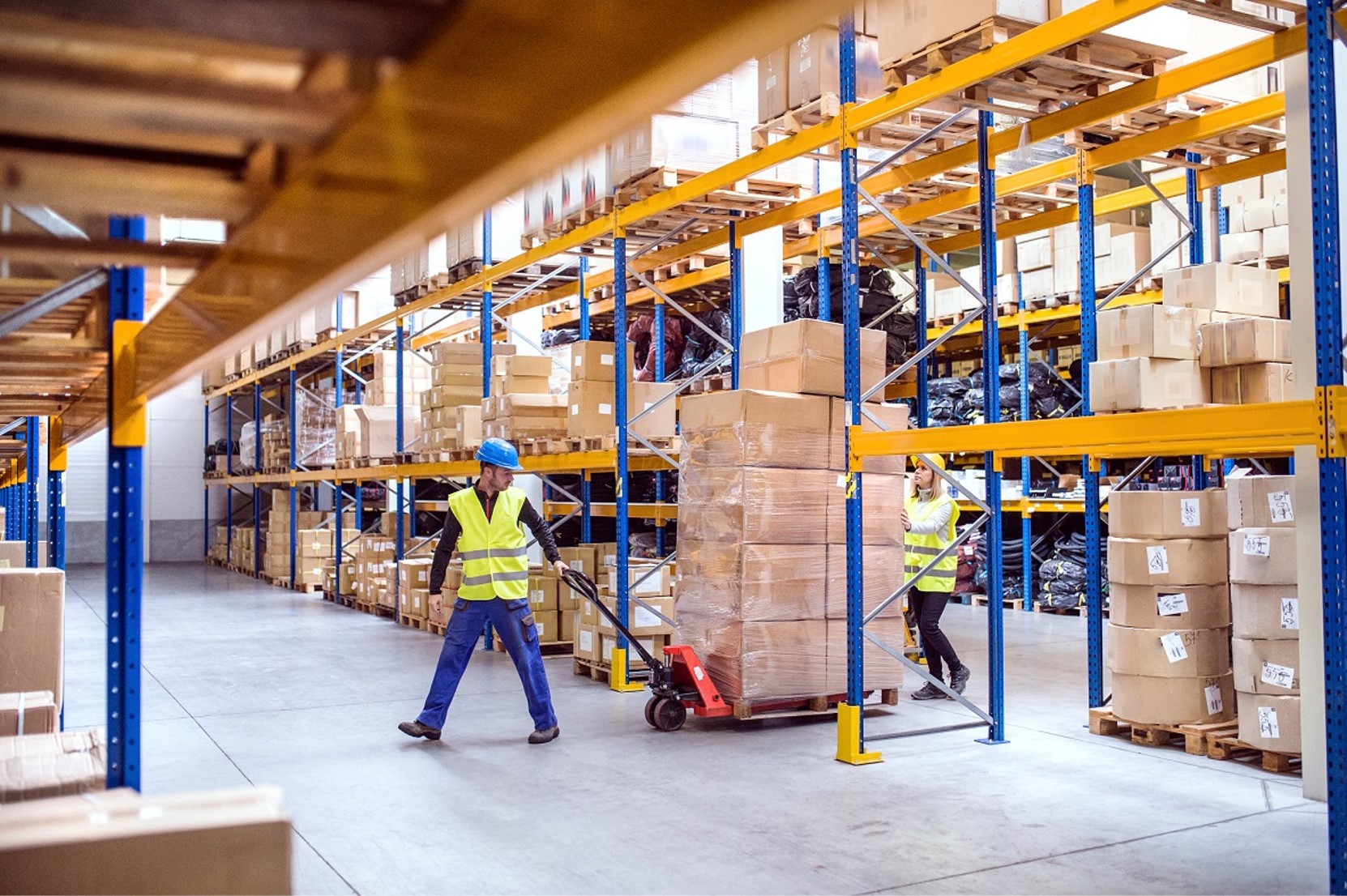The Company
With over 55 years of history, this omnichannel retail company, present in various locations worldwide, is committed to transforming consumers’ lives by providing a convenient and innovative shopping experience. Its values are based on three pillars – trust, openness, and excellence – driving lasting relationships and a mindset of constant reinvention. With investments in advanced technology, sustainability, and employee development, the company seeks to positively impact society, shaping the future of commerce in a satisfying way for its customers.
The Challenge
The increased complexity of operations, caused by the high diversity of items housed within a single warehouse, as well as the growing variability of warehouse operations – with a standard deviation that reached around 30% on business days – led to the need to optimize logistical processes. With this goal, the company implemented an efficiency improvement project in the logistics warehouses and the transport area, seeking to create value by reducing operational costs, revising and standardizing processes, and introducing a culture of continuous improvement and methodologies that guarantee flows visibility.
The Approach
Improving Logistics Operations
To improve logistics operations, a detailed review of the receiving, picking, and shipping processes was carried out.
At receiving level, load leveling was done, and delivery windows were reorganized by supplier unloading time slots. In this area, GS1-128 labels were also applied for productivity improvement.
In the picking area, new standards were adopted, namely multi-order picking and voice picking. To optimize the order preparation flow, the warehouse layout was remodeled considering the volume and frequency of picking and the size of each item, and the preparation timing was also anticipated.
Regarding shipping, pallet monitoring and traceability in the warehouse were improved. This improvement involved defining standards, optimizing order integration into the system, maximizing pallet filling, and improving the box per pallet index.
Optimizing Transport
Regarding transport, several improvement actions were implemented:
- Development of routing software to optimize transport planning
- Implementation of a reporting system and a billing model
- Resizing the fleet
- Establishment of a new contractual model for 24-hour vehicle use, including work instructions, restructuring of the tariff matrix, revision of the specifications, SLA, and cost structure
- Adoption of a cross-docking operation
Creating a Culture of Continuous Improvement
With the aim of improving people management, a bonus model was adopted, and the operational teams in the warehouse were sized. To encourage people’s participation in the improvement process, a routine of Daily Kaizen meetings was created, where performance indicators were followed, and initiatives were discussed. These meetings were supported by real-time data analysis for better operation control and decision-making.
Results
The main result achieved was the increase in efficiency with the already implemented processes, which provided benefits of €5.4M and a global productivity increase of 30%. As for logistics costs, the implemented improvements allowed a reduction of 30%. In addition, the reorganization of pallets allowed a 20% increase in the number of boxes per pallet. At the people level, it was possible to transform a reactive culture into a culture of continuous improvement with the daily involvement of all internal and external teams. For this, it was crucial that everyone was aware of the change and actively participated in decision-making and solution design.
See more on Retail
Find out more about transformation in this sector
See more on Warehousing and Distribution
Find out more about improving this business area
